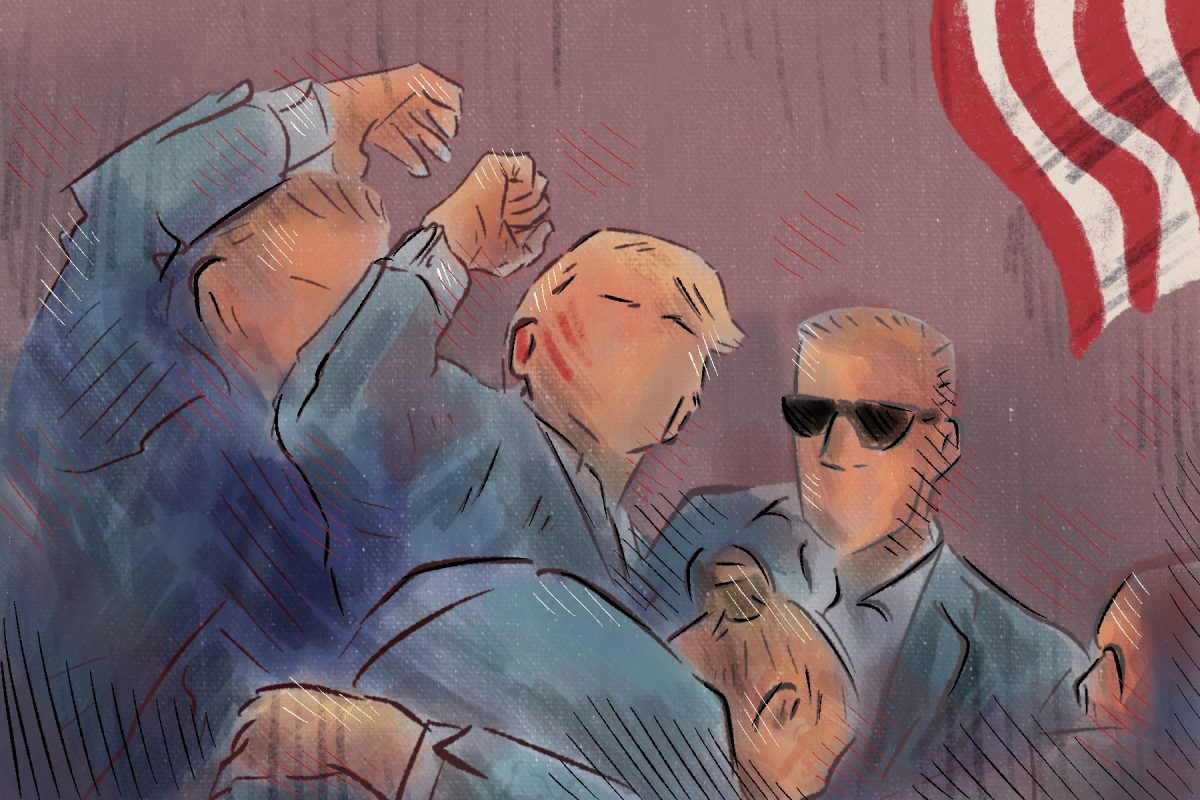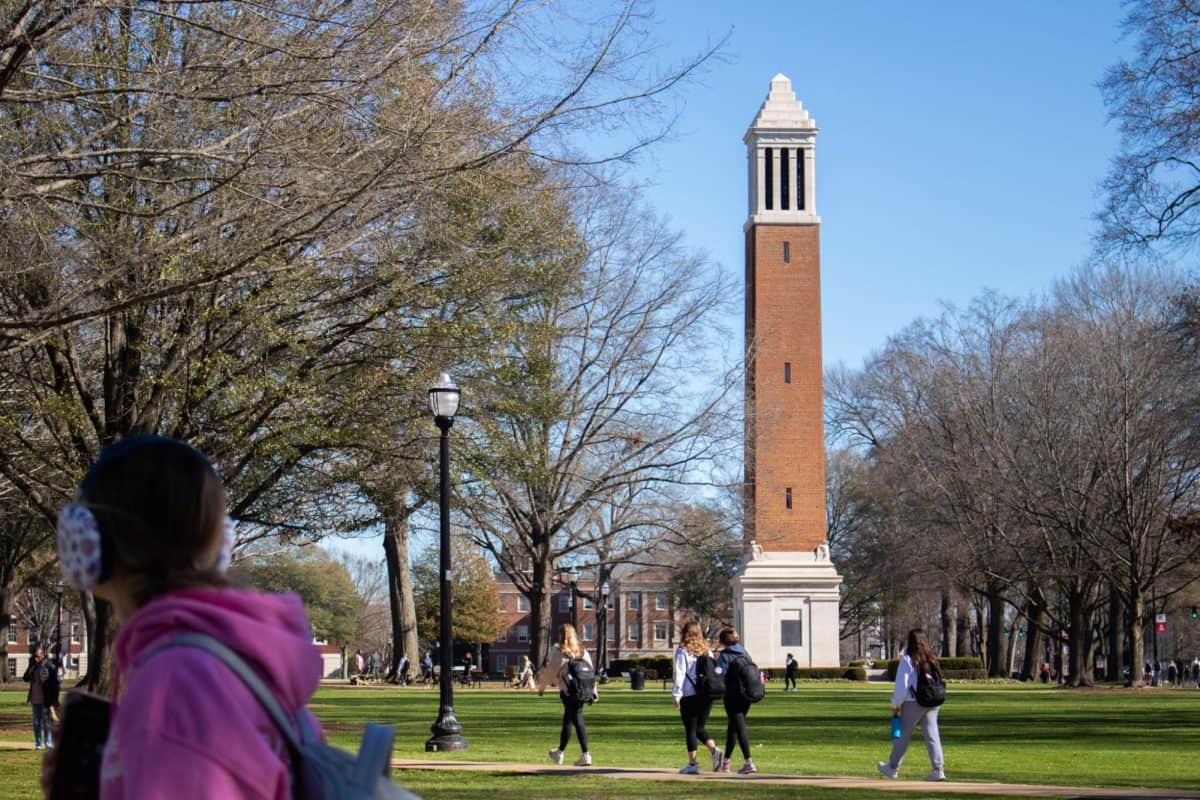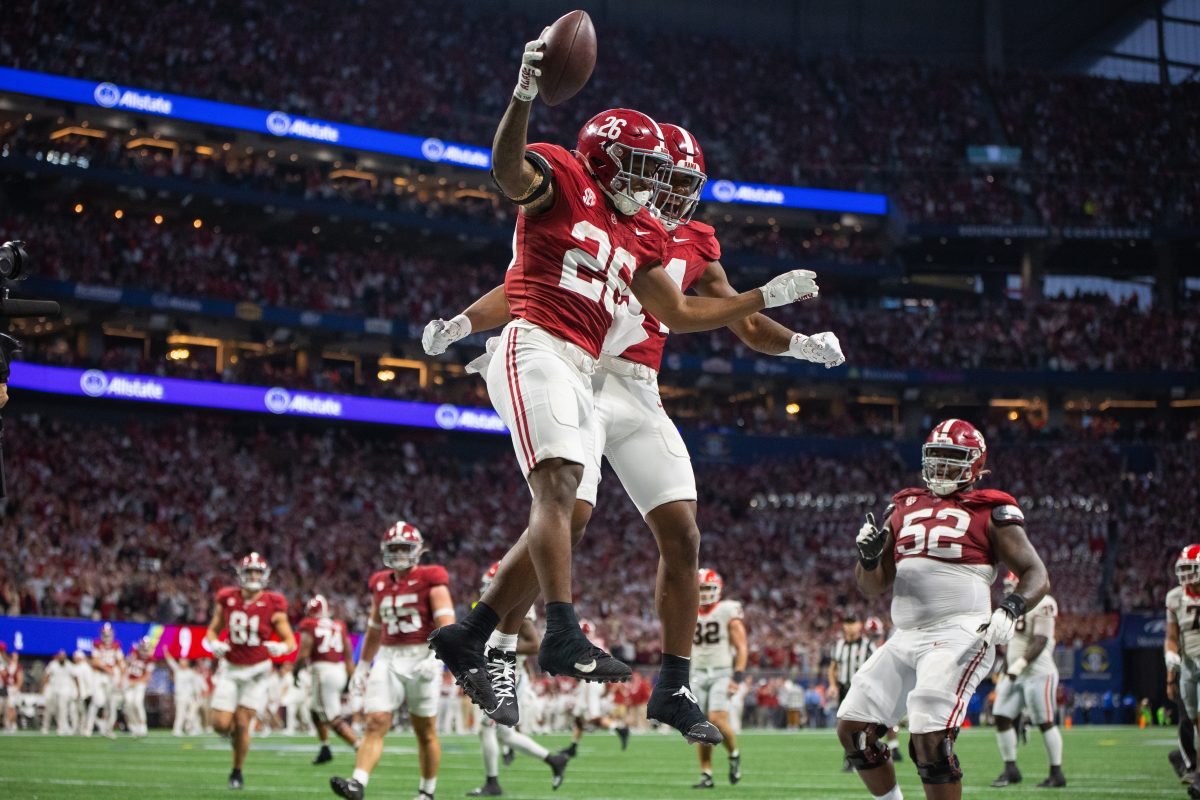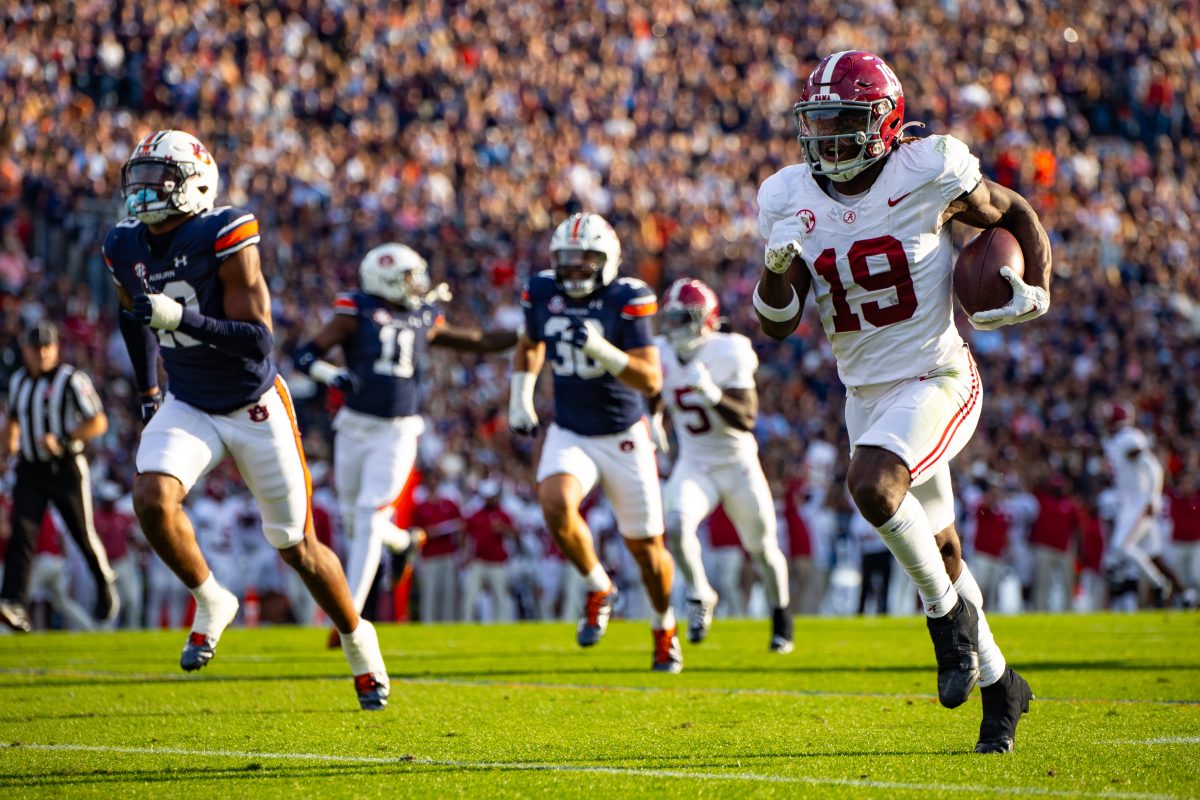Race is only an issue if you make it an issue. Who said anything about race? You’re the one bringing black and white into the picture. Why does everything have to be about race? Race shouldn’t even matter. I don’t even see color – I just try to treat everybody the same.
We’ve all heard these lines before. Whenever a debate emerges on school zoning, incarceration rates, poverty, health care or police brutality, inevitably someone questions why people are trying to make it into a race issue when really it’s about money, culture, family life, politics, etc. Racism is fixed, after all. We have a black president. We have a new Martin Luther King, Jr. monument. The millennial generation is the most diverse and tolerant in American history.
Except racism is not fixed. Just because we have an African-American man in the White House doesn’t mean that across the country men and women of color no longer have to fight every day to be considered equal in the eyes of their neighbors and under the law.
Racism and racial inequality sit at the heart of almost every major issue facing our country, from our overcrowded prisons to our failing school system to poverty to crime. We can’t fix these issues with band-aid solutions meant to hide the more unpleasant aspects of society and maintain the status quo.
These problems won’t go away if we just stop talking about them. No, we cannot begin to address any of these issues if we cannot speak openly and critically about race and race relations in this country.
Perhaps nowhere is the effect of institutionalized and ingrained racism more obvious and harmful than in our education system. While the ‘60s and ‘70s saw school systems across the South forced to integrate, leading to the most diverse schools anywhere in the country, recent court decisions have led to the resegregation of our schools over the last 20 years.
In Tuscaloosa, the city school system went from a single integrated high school for all system students to three high schools. Now the three schools portray a spectrum of diversity and achievement. On the high end, Northridge High School has the closest balance of diversity and offers a wide range of AP classes and extracurriculars. Central High School on the other hand is 99 percent black and suffers from a lack of resources.
The unfortunate truth is that the school board intended for Central to be all black. This isn’t a case of common-sense school zoning or coincidence based on neighborhoods. The way the districts are drawn funnels white families and many middle-class black families across the river to Northridge even if they live blocks away from Central.
The intent of the rezoning was to keep white families from leaving the school system for the several Tuscaloosa private schools by creating a school in a predominantly white neighborhood where white students would not be as much of a minority as they are in the system as a whole.
The result is one high school with a diverse student body and a high number of resources and another high school that is almost entirely black, suffering from an extreme lack of resources and funding, despite being mere minutes away from the affluent historic districts surrounding the University’s campus.
How can we face this disparity and say that race is not playing a role? How can we hope to address these issues if we cannot acknowledge that diversity benefits all students and hurts none?
We can’t move forward if we do not face our problems head on. We can’t correct our societal wrongs if we can’t admit our mistakes. We can’t solve racism by ignoring it. So talk about it or else be part of the problem.
Mark Hammontree is a junior majoring in secondary education – language arts. His column runs weekly.






